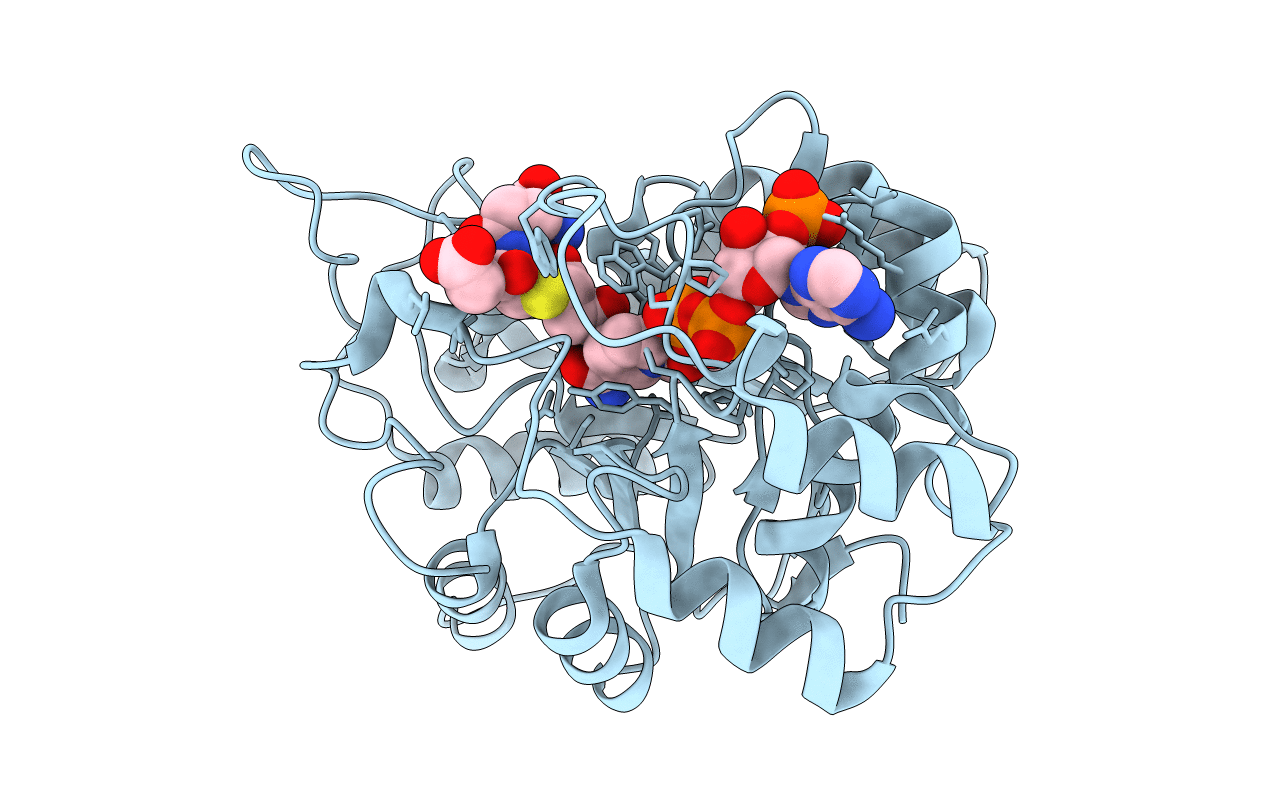
Deposition Date
2005-11-17
Release Date
2006-05-16
Last Version Date
2023-08-23
Method Details:
Experimental Method:
Resolution:
1.94 Å
R-Value Free:
0.25
R-Value Work:
0.19
R-Value Observed:
0.19
Space Group:
P 1 21 1


